When it comes to designing your kitchen, one of the most essential elements to consider is the sink cabinet. This cabinet not only serves as a functional storage space for your sink, but it also plays a key role in the overall design and layout of your kitchen. To help you choose the perfect sink cabinet for your kitchen, here are some design ideas to consider: Modern: If you have a contemporary kitchen, opt for sleek and minimalist designs for your sink cabinet. This can include high-gloss finishes, clean lines, and geometric shapes to create a modern and sophisticated look. Rustic: For a more cozy and traditional feel, consider a rustic sink cabinet made from natural materials such as wood or stone. This style is perfect for country or farmhouse kitchens and can add a charming touch to your space. Open Shelving: If you want to showcase your beautiful dishes or have easy access to your everyday items, consider incorporating open shelving into your sink cabinet design. This can also make your kitchen feel more spacious and open.1. Kitchen Sink Cabinet Design Ideas
The dimensions of your sink cabinet are crucial for both functionality and aesthetics. If your cabinet is too small, it can lead to clutter and difficulty in accessing items. On the other hand, if it's too large, it can take up valuable space in your kitchen. Here are some important dimensions to consider when choosing a kitchen sink cabinet: Width and Depth: The standard width of a sink cabinet is 36 inches, but this can vary depending on the size of your sink. The depth can range from 18-24 inches, depending on your storage needs and the size of your sink. Height: The standard height for a sink cabinet is 36 inches, but this can also vary depending on your personal preference and the height of your countertops. Corner Cabinets: For corner sink cabinets, the dimensions can be a bit more tricky. Typically, the diagonal depth of the cabinet should be at least 36 inches to accommodate a large sink.2. Kitchen Sink Cabinet Dimensions
Keeping your kitchen sink cabinet organized is key to maximizing storage space and making your daily tasks more efficient. Here are some ideas for organizing your sink cabinet: Drawer Inserts: Utilize drawer inserts to keep items such as dish towels, sponges, and cleaning supplies in place and easily accessible. Adjustable Shelves: Opt for adjustable shelves in your sink cabinet to accommodate items of different sizes and make the most of your vertical space. Pull-Out Baskets: Adding pull-out baskets to your sink cabinet can make it easier to access items stored at the back of the cabinet, as well as keep everything organized and in place.3. Kitchen Sink Cabinet Organization
The material of your sink cabinet can greatly impact its durability, maintenance, and overall look. Here are some popular materials used for sink cabinets: Wood: Wood is a classic and popular choice for sink cabinets, as it offers a warm and elegant look. However, it does require regular maintenance to prevent water damage. Metal: Metal sink cabinets, such as stainless steel, are durable and easy to clean. They also offer a sleek and modern look to your kitchen. Composite Materials: Composite materials, such as laminate or engineered wood, are affordable and low-maintenance options for sink cabinets. They also come in a variety of designs and finishes.4. Kitchen Sink Cabinet Materials
The construction of your sink cabinet is crucial for its durability and functionality. Here are some important construction factors to consider: Frameless vs. Framed: Frameless cabinets offer more storage space and a sleeker look, while framed cabinets have a more traditional and sturdy construction. Dovetail Joints: Dovetail joints are a sign of high-quality cabinet construction and offer better durability and strength. Soft-Close Hinges: Consider investing in soft-close hinges for your sink cabinet doors and drawers for a quieter and more convenient closing experience.5. Kitchen Sink Cabinet Construction
The layout of your sink cabinet should be carefully planned to ensure maximum efficiency and functionality. Here are some tips for organizing your sink cabinet layout: Sink Placement: The placement of your sink within the cabinet should be near the center to allow for easy access and prevent water from dripping onto the cabinets. Storage Zones: Group together items that are used for similar tasks, such as cleaning supplies or dishware, to create designated storage zones within your sink cabinet. Accessibility: Store frequently used items in the front and center of your sink cabinet for easy access, and less frequently used items towards the back.6. Kitchen Sink Cabinet Layout
Proper installation is crucial for the functionality and durability of your sink cabinet. Here are some things to consider during installation: Leveling: Ensure that your sink cabinet is level to prevent any issues with the sink, such as water pooling or draining incorrectly. Plumbing: Make sure to plan for the placement of plumbing pipes and drains when installing your sink cabinet to avoid any issues or obstructions. Securing: Properly secure your sink cabinet to the wall to prevent any accidents or instability.7. Kitchen Sink Cabinet Installation
The style of your sink cabinet can greatly impact the overall look and feel of your kitchen. Here are some popular styles to consider: Shaker: Shaker style cabinets offer a classic and timeless look with their simple and clean design. Raised Panel: Raised panel cabinets have a more traditional and elegant look with their raised center panel and detailed edges. Flat Panel: Flat panel cabinets have a more modern and minimalist look, with their flat and smooth fronts.8. Kitchen Sink Cabinet Styles
The hardware you choose for your sink cabinet can add a touch of personality and style to your kitchen. Here are some popular hardware options to consider: Knobs: Knobs offer a classic and traditional look and are available in a variety of designs, materials, and finishes. Pulls: Pulls are a popular choice for modern and contemporary kitchens, and come in a variety of shapes, sizes, and finishes. Cup Pulls: Cup pulls are a unique and stylish option for sink cabinet hardware, with their cup-shaped design.9. Kitchen Sink Cabinet Hardware
Maximizing storage space in your sink cabinet is essential for keeping your kitchen organized and clutter-free. Here are some storage solutions to consider: Under-Sink Organizer: Utilize the space under your sink with an under-sink organizer, which can hold items such as cleaning supplies, dish soap, and sponges. Pull-Out Trash Bin: Keep your kitchen neat and tidy by incorporating a pull-out trash bin into your sink cabinet design. Pull-Out Shelves: Make the most of your vertical space by adding pull-out shelves to your sink cabinet, which can make accessing items at the back of the cabinet much easier. In conclusion, the design and structure of your kitchen sink cabinet are crucial for both functionality and aesthetics. By considering the ideas and tips mentioned above, you can choose the perfect sink cabinet for your kitchen and make the most of your storage space.10. Kitchen Sink Cabinet Storage Solutions
The Importance of a Well-Designed Kitchen Sink Cabinet Structure
/interiors-of-the-kitchen-126173645-5835288f5f9b58d5b1b96af2.jpg)
Efficient Use of Space
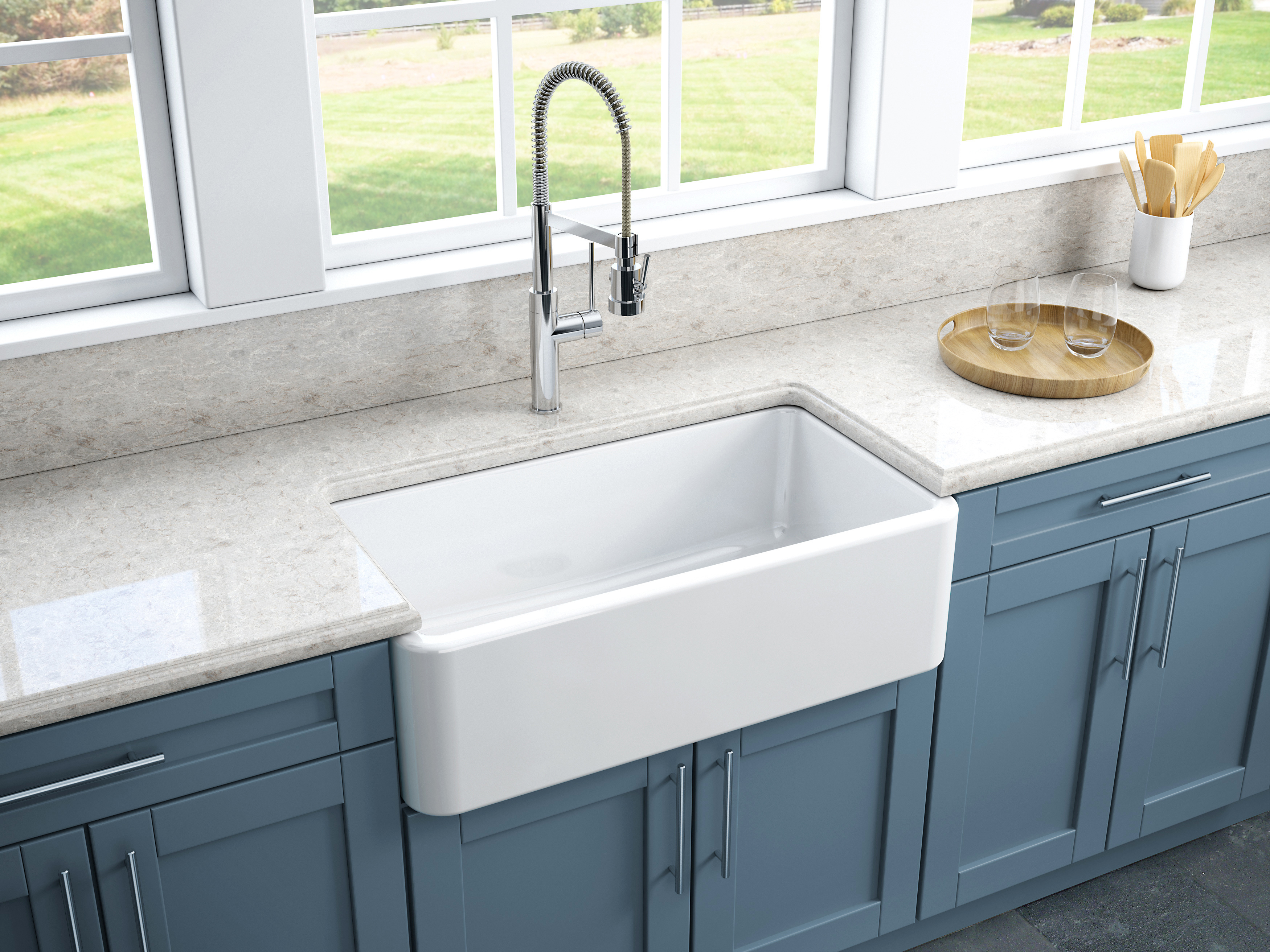 The kitchen is often referred to as the heart of the home, and the kitchen sink is the heart of the kitchen. It is where we spend a significant amount of time preparing meals, cleaning up, and even socializing with family and friends. With such an important role, it is essential to have a well-designed kitchen sink cabinet structure that makes the most of the available space.
Maximizing space utilization is crucial, especially in smaller kitchens where storage is limited.
A well-designed cabinet structure can help you make the most of your kitchen's layout and optimize the available space.
The kitchen is often referred to as the heart of the home, and the kitchen sink is the heart of the kitchen. It is where we spend a significant amount of time preparing meals, cleaning up, and even socializing with family and friends. With such an important role, it is essential to have a well-designed kitchen sink cabinet structure that makes the most of the available space.
Maximizing space utilization is crucial, especially in smaller kitchens where storage is limited.
A well-designed cabinet structure can help you make the most of your kitchen's layout and optimize the available space.
Organized Storage
 A cluttered kitchen can make cooking and cleaning tasks more challenging and time-consuming.
Having a well-designed kitchen sink cabinet structure can help keep your kitchen organized and clutter-free.
With designated spaces for different items, you can easily find what you need, when you need it. This can save you time and effort in the kitchen and make your cooking and cleaning tasks more efficient.
A cluttered kitchen can make cooking and cleaning tasks more challenging and time-consuming.
Having a well-designed kitchen sink cabinet structure can help keep your kitchen organized and clutter-free.
With designated spaces for different items, you can easily find what you need, when you need it. This can save you time and effort in the kitchen and make your cooking and cleaning tasks more efficient.
Durability and Functionality
 A well-designed kitchen sink cabinet structure not only looks aesthetically pleasing, but it is also built to last.
Investing in high-quality materials and construction can ensure the durability and functionality of your kitchen cabinets for years to come.
This is especially important for the sink cabinet, as it is constantly exposed to water and other liquids. With a sturdy and well-designed cabinet, you can have peace of mind knowing that your kitchen will stand the test of time.
A well-designed kitchen sink cabinet structure not only looks aesthetically pleasing, but it is also built to last.
Investing in high-quality materials and construction can ensure the durability and functionality of your kitchen cabinets for years to come.
This is especially important for the sink cabinet, as it is constantly exposed to water and other liquids. With a sturdy and well-designed cabinet, you can have peace of mind knowing that your kitchen will stand the test of time.
Enhanced Aesthetics
 The kitchen sink cabinet structure plays a significant role in the overall design of your kitchen.
A well-designed cabinet can enhance the aesthetics of your kitchen and tie the whole design together.
With various materials, finishes, and styles to choose from, you can personalize your kitchen sink cabinet to match your unique taste and complement the rest of your kitchen's design.
In conclusion, a well-designed kitchen sink cabinet structure is a crucial element in creating a functional and aesthetically pleasing kitchen. With efficient use of space, organized storage, durability and functionality, and enhanced aesthetics, investing in a high-quality kitchen sink cabinet is a wise decision for any homeowner. So when designing your dream kitchen, be sure to prioritize the design and structure of your kitchen sink cabinet.
The kitchen sink cabinet structure plays a significant role in the overall design of your kitchen.
A well-designed cabinet can enhance the aesthetics of your kitchen and tie the whole design together.
With various materials, finishes, and styles to choose from, you can personalize your kitchen sink cabinet to match your unique taste and complement the rest of your kitchen's design.
In conclusion, a well-designed kitchen sink cabinet structure is a crucial element in creating a functional and aesthetically pleasing kitchen. With efficient use of space, organized storage, durability and functionality, and enhanced aesthetics, investing in a high-quality kitchen sink cabinet is a wise decision for any homeowner. So when designing your dream kitchen, be sure to prioritize the design and structure of your kitchen sink cabinet.




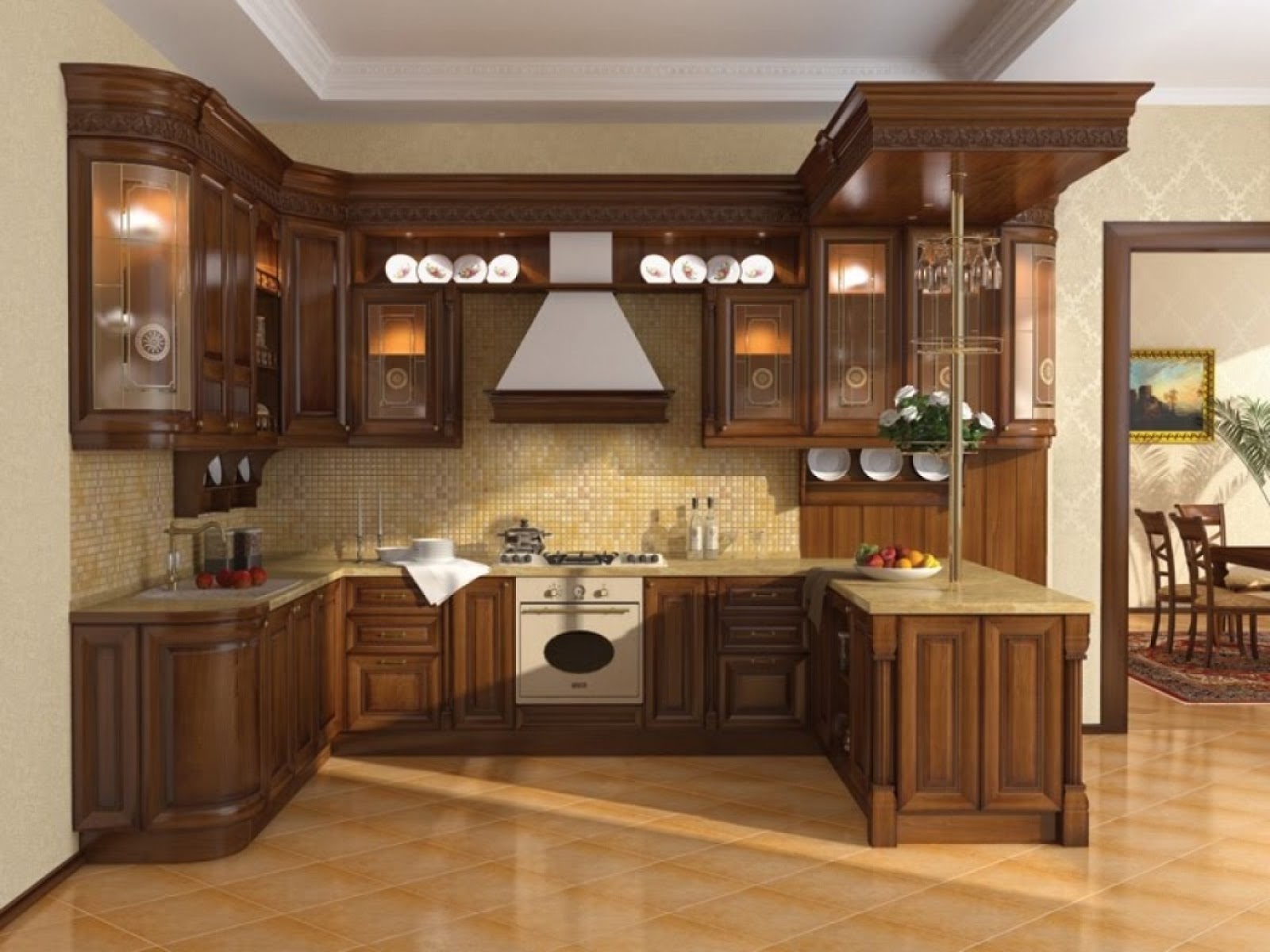




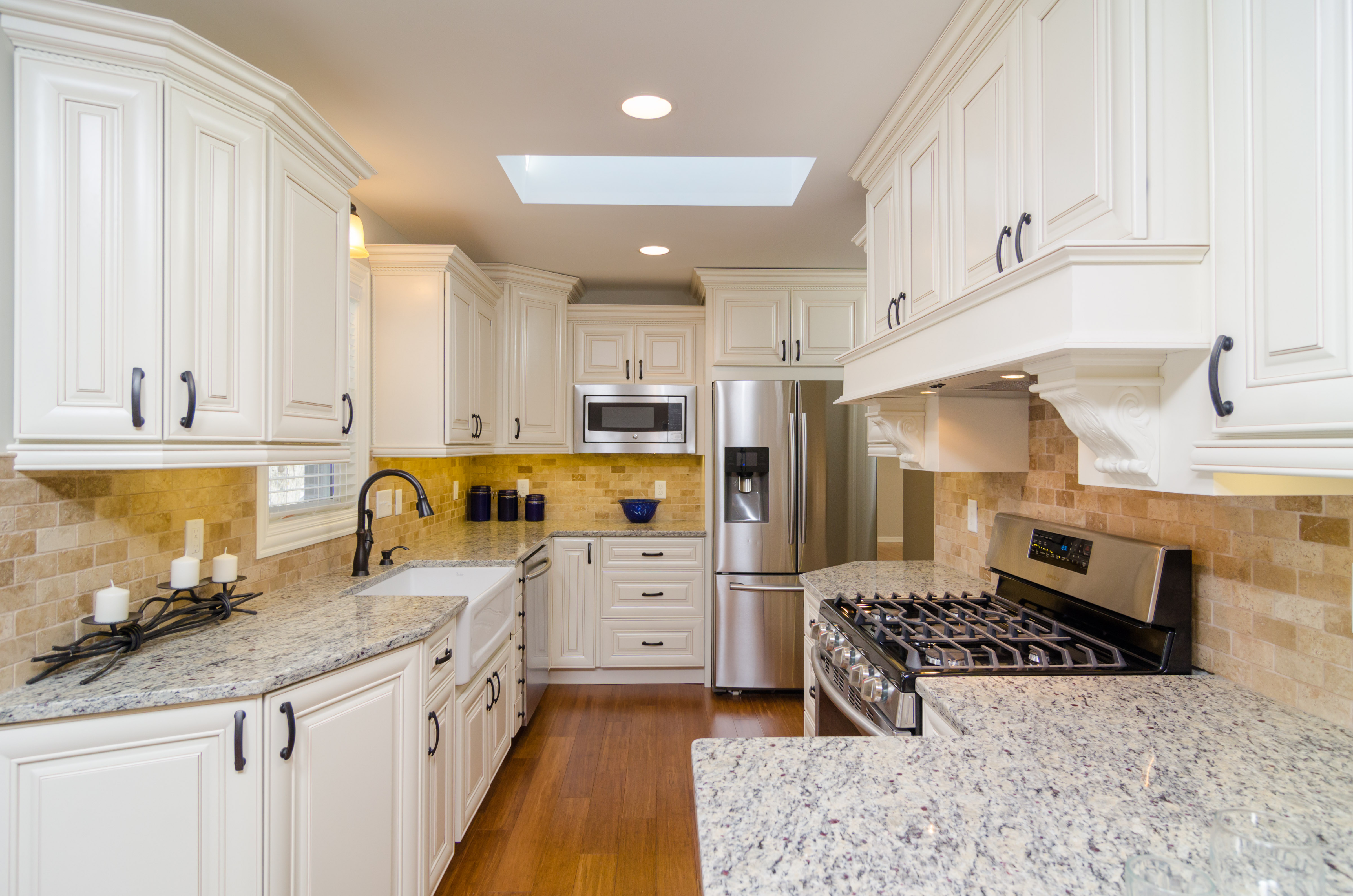






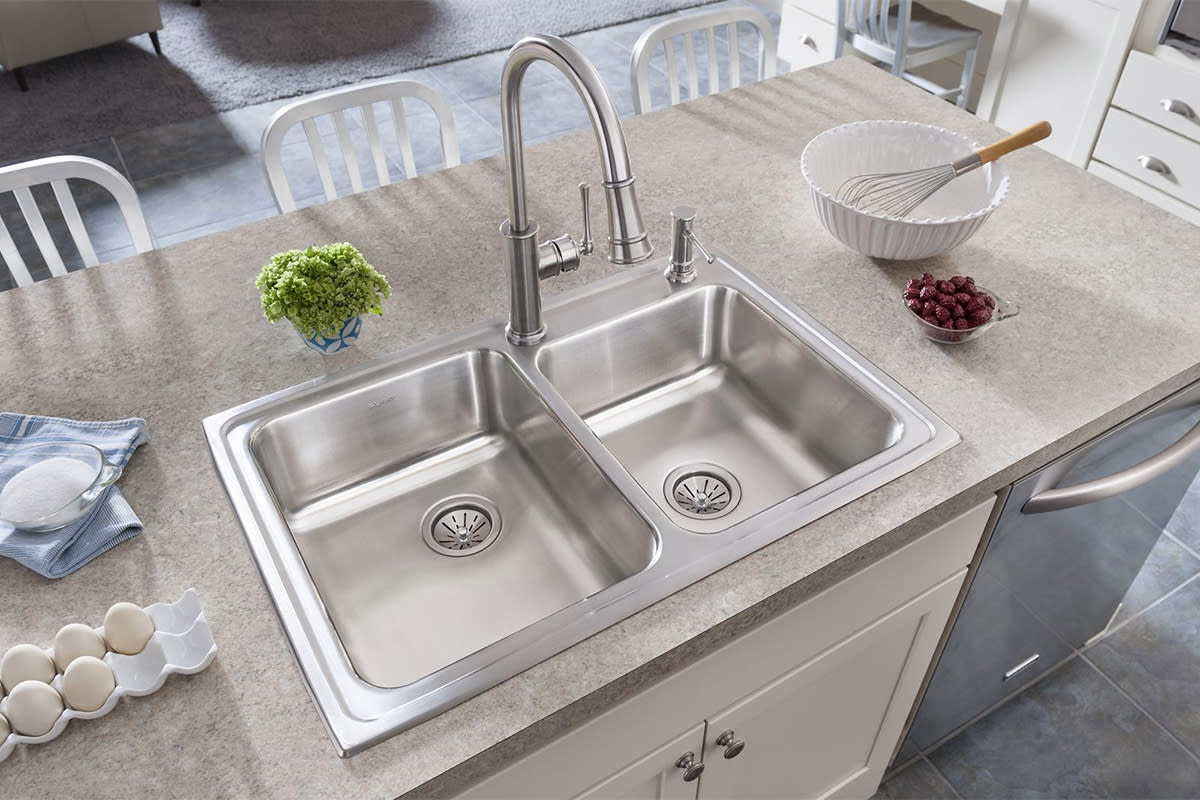


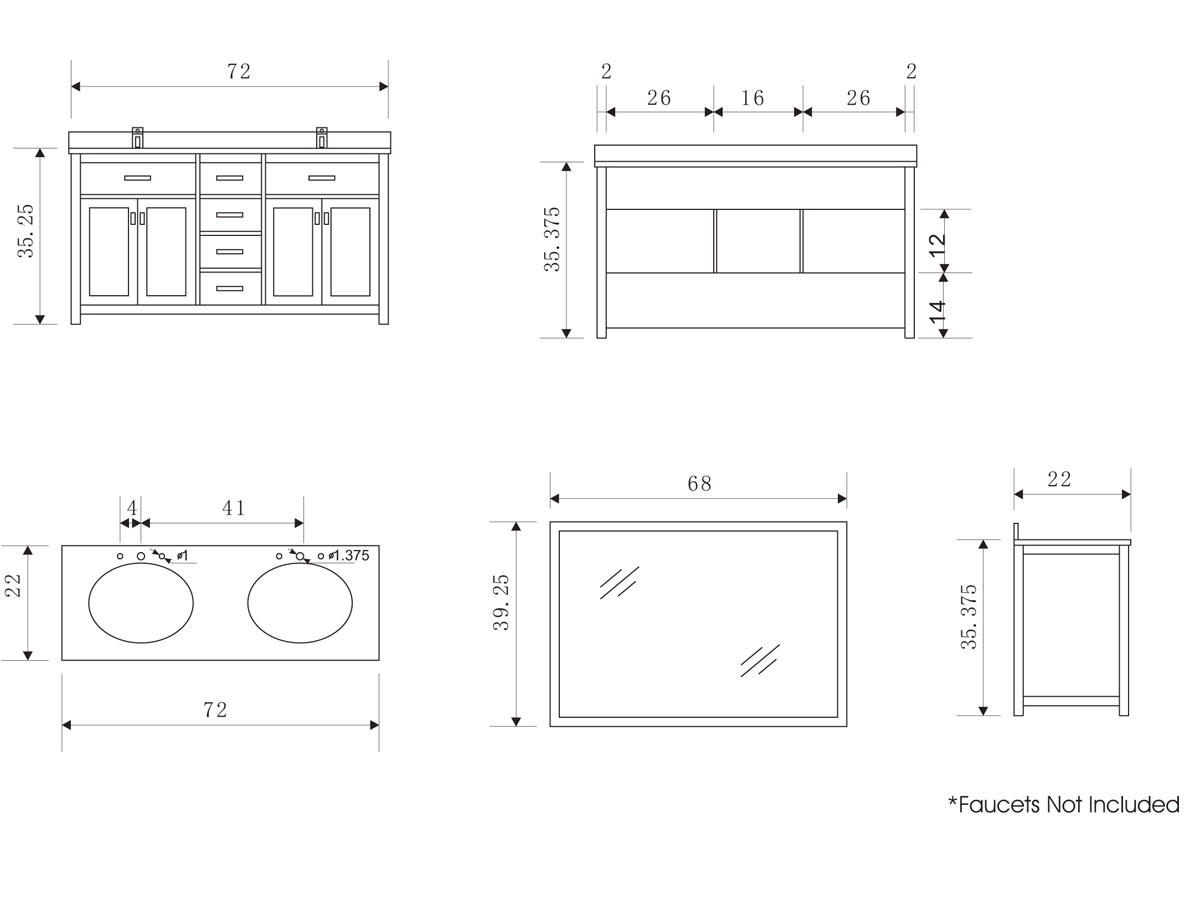


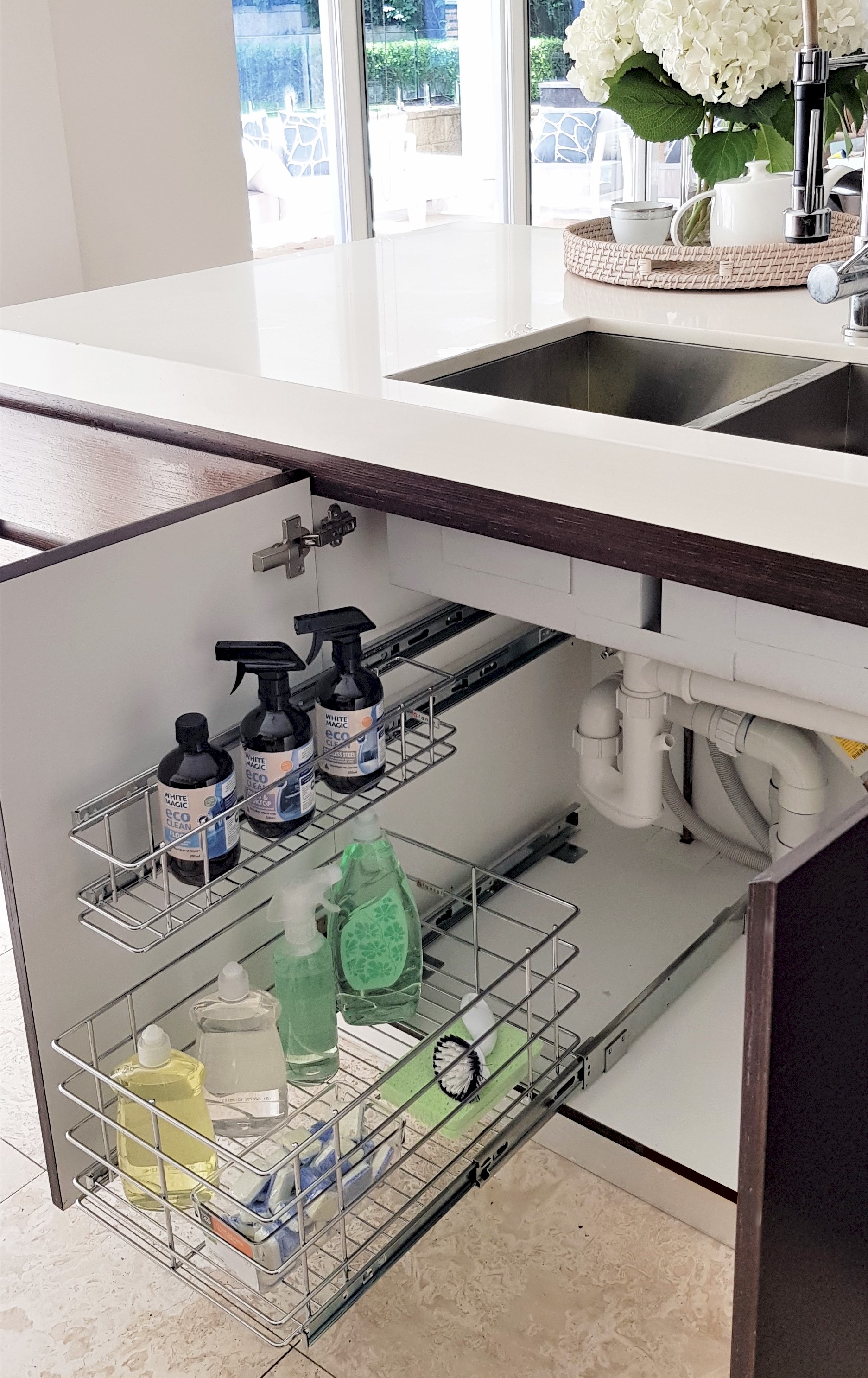


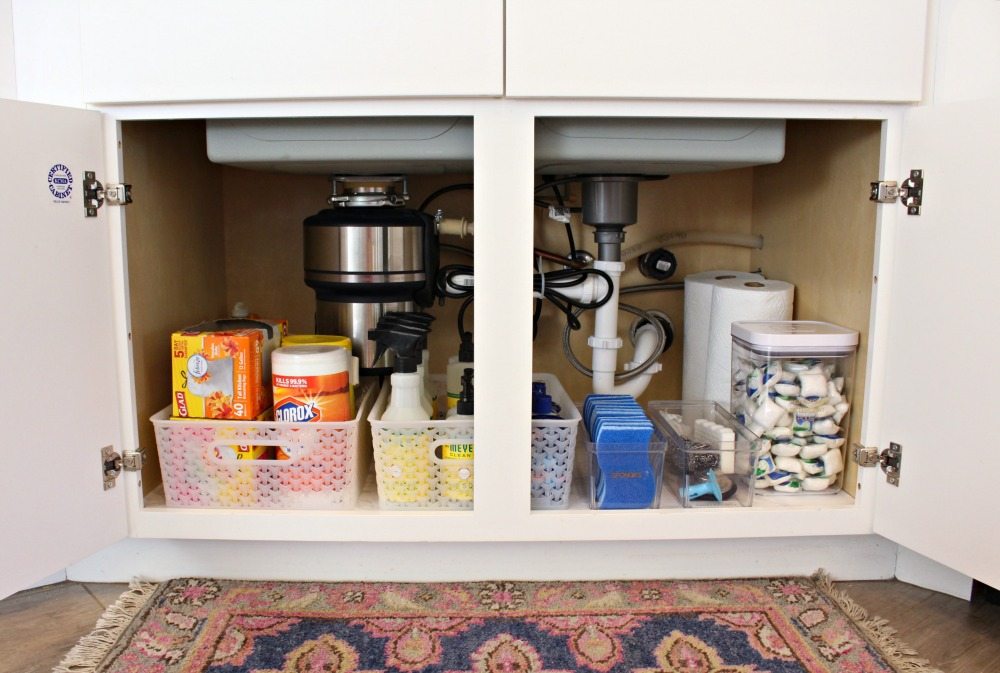
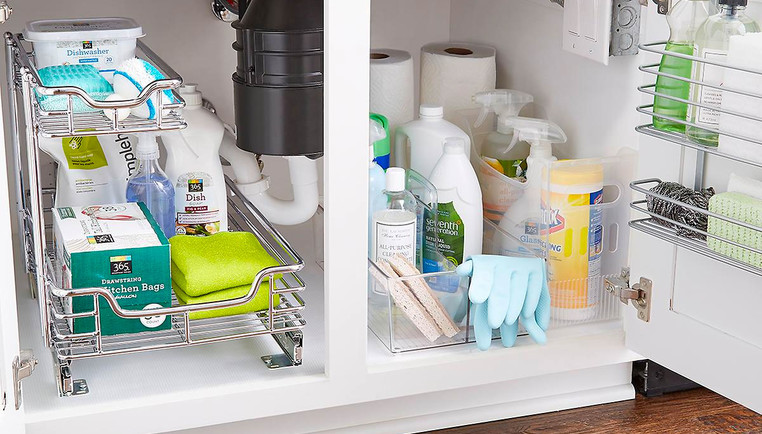


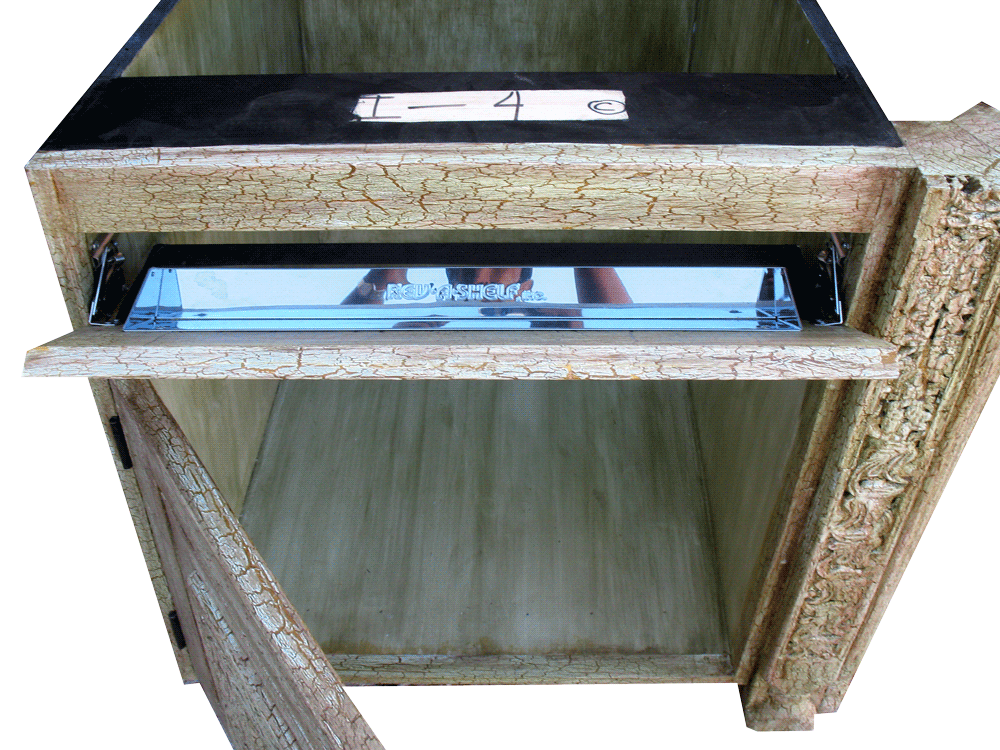





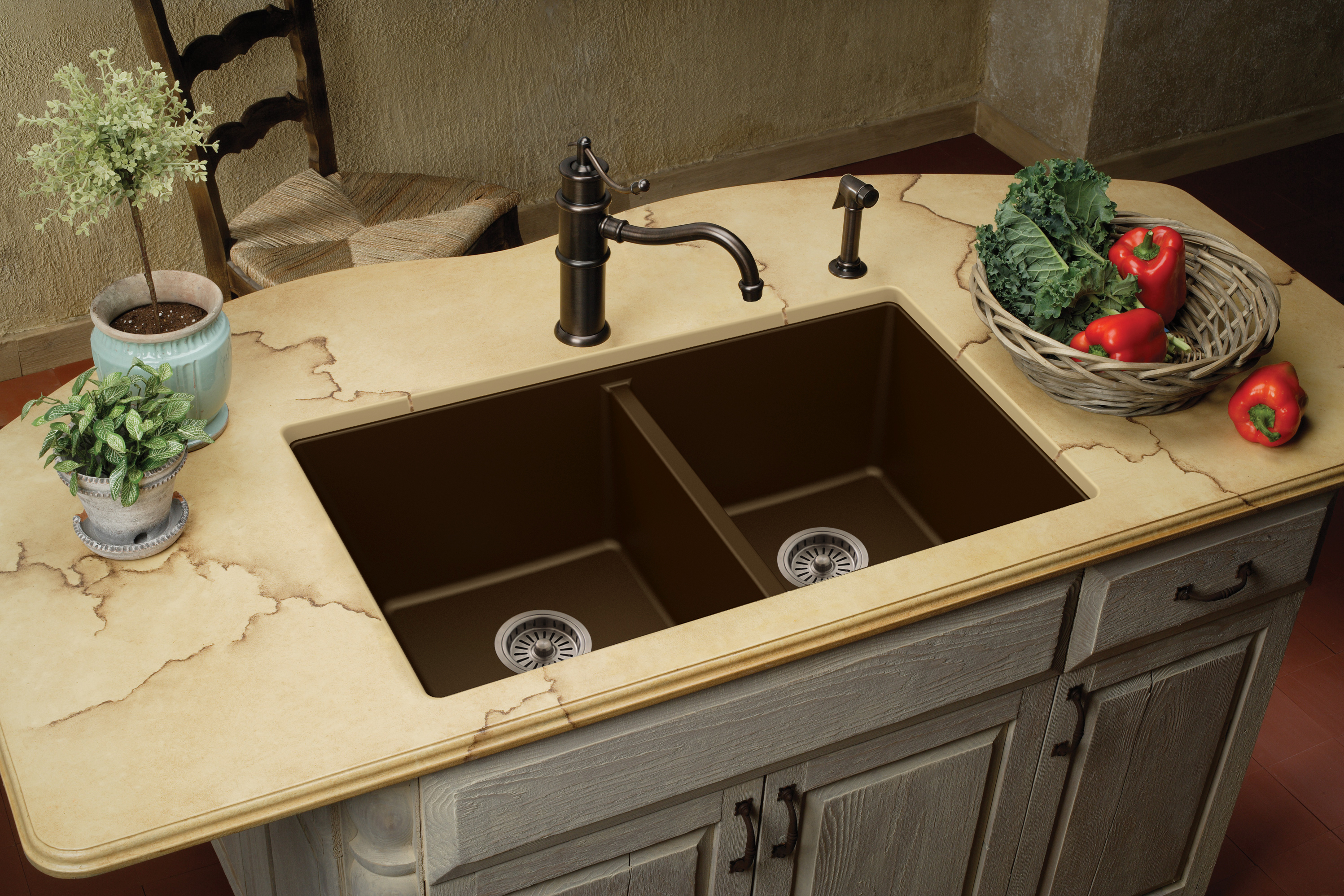

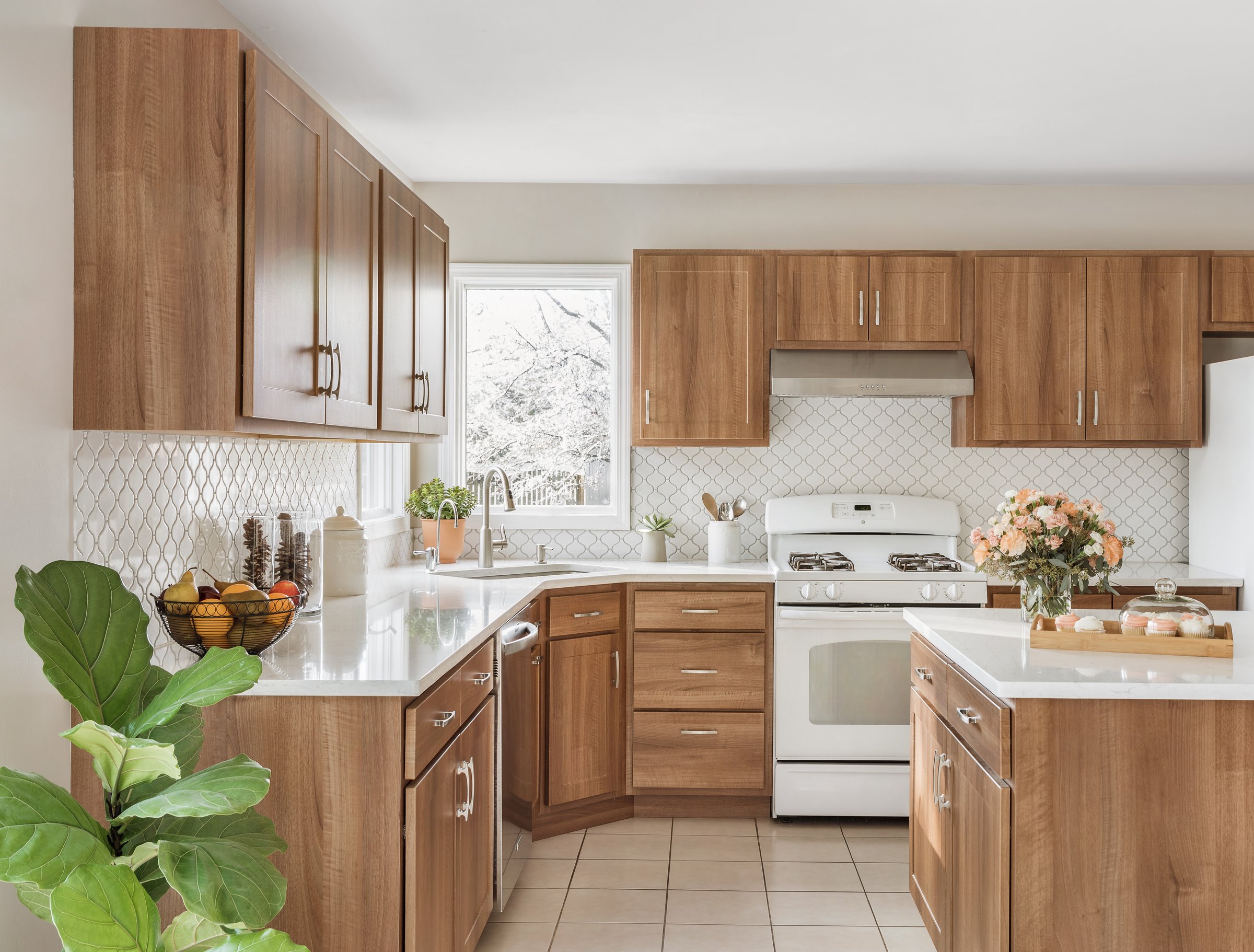




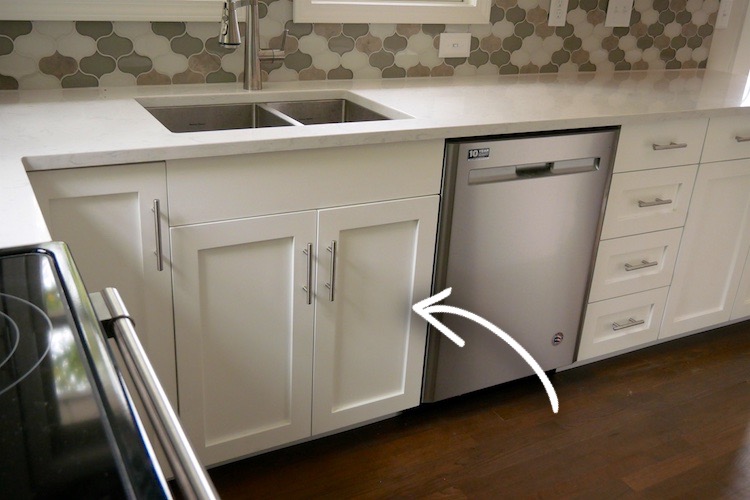

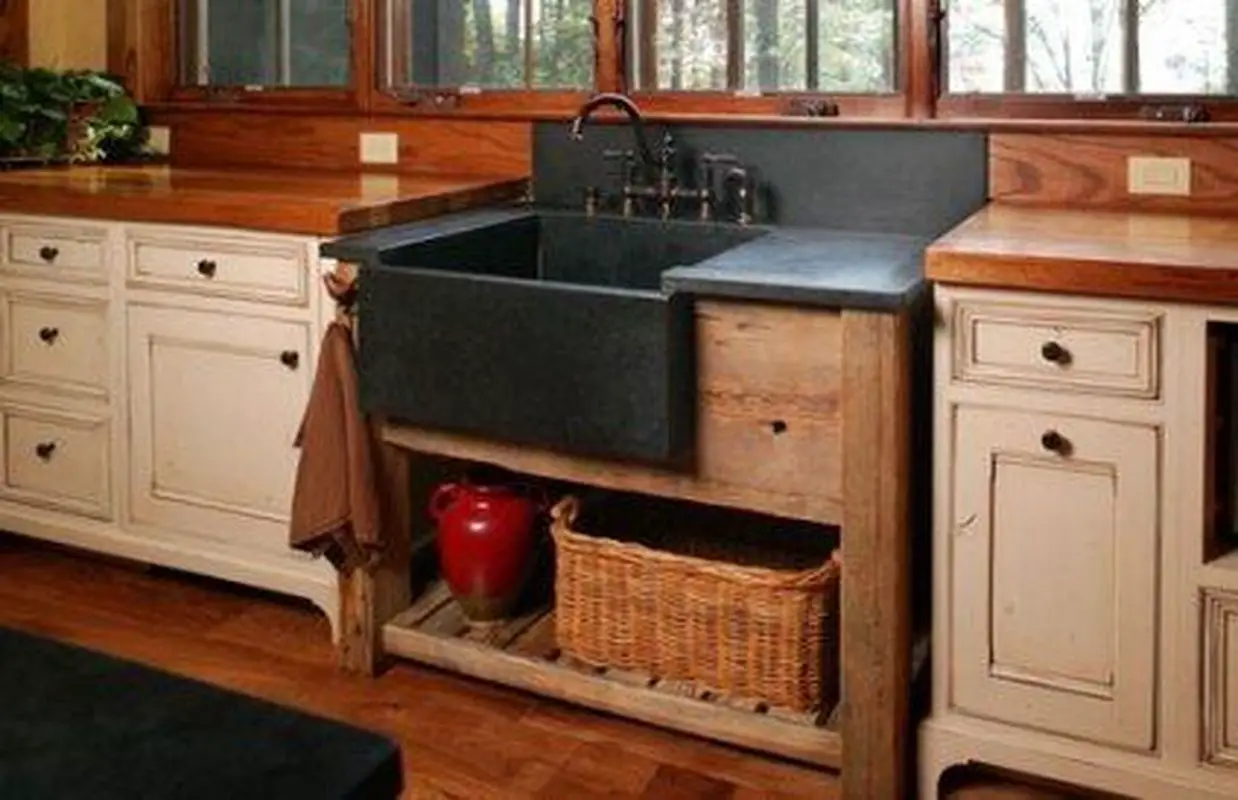




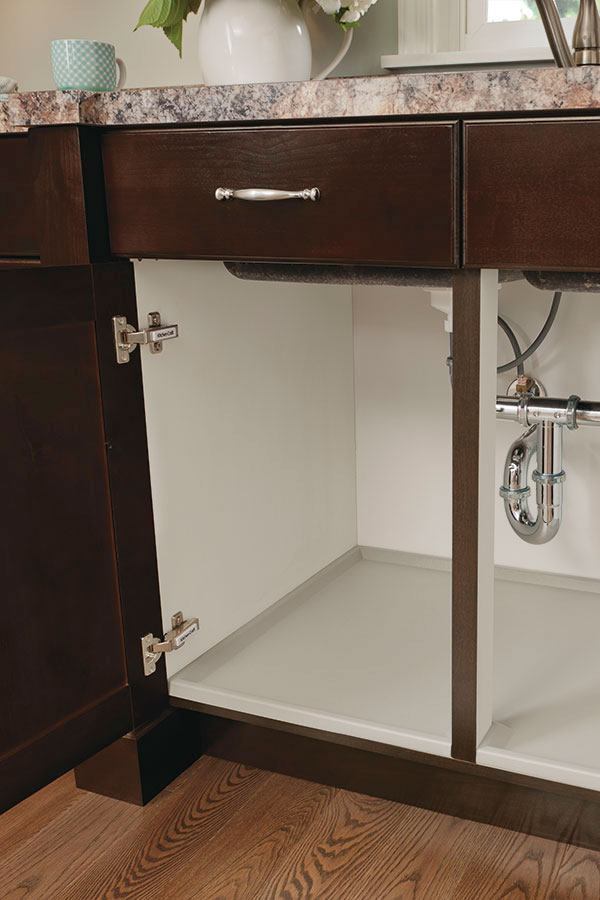




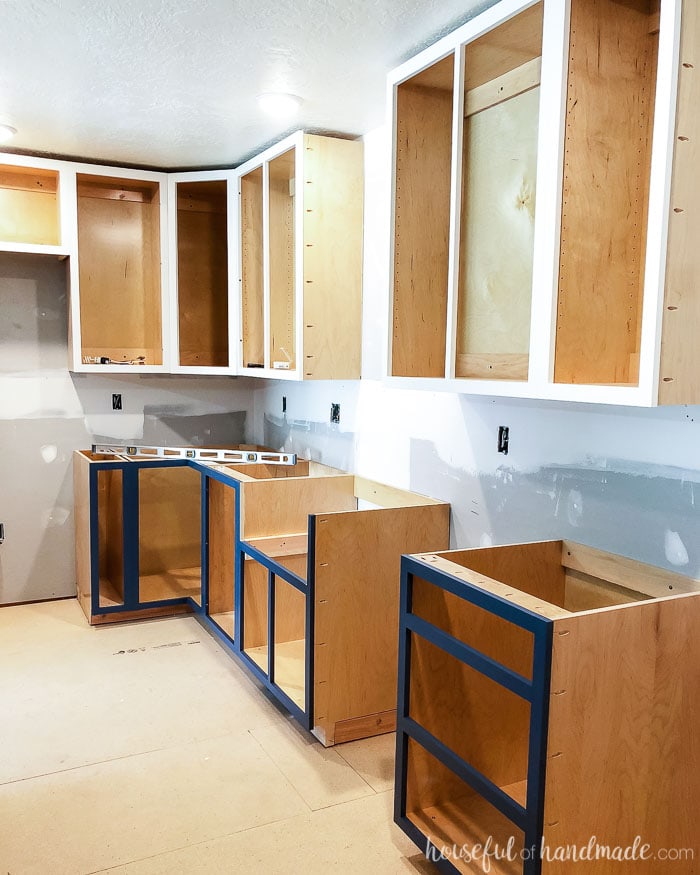




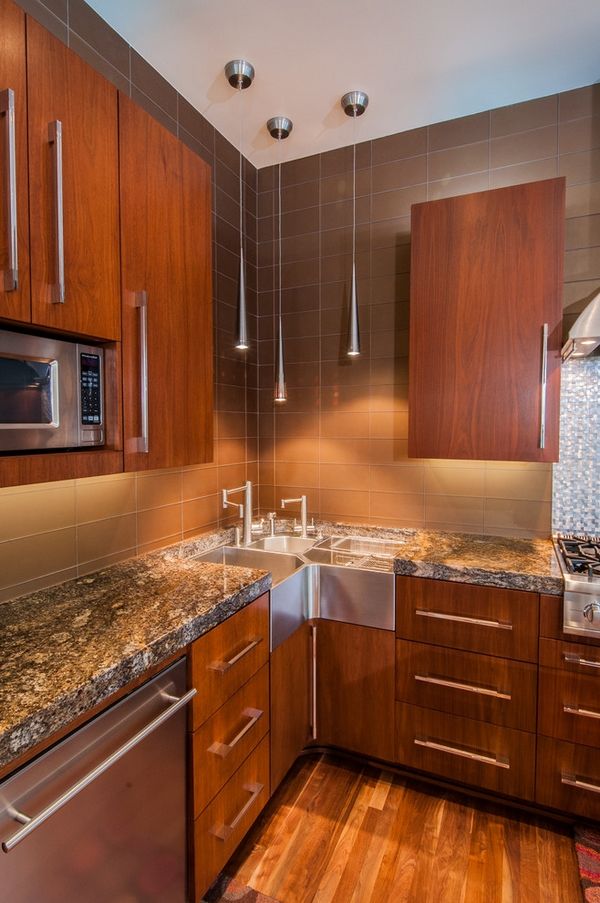
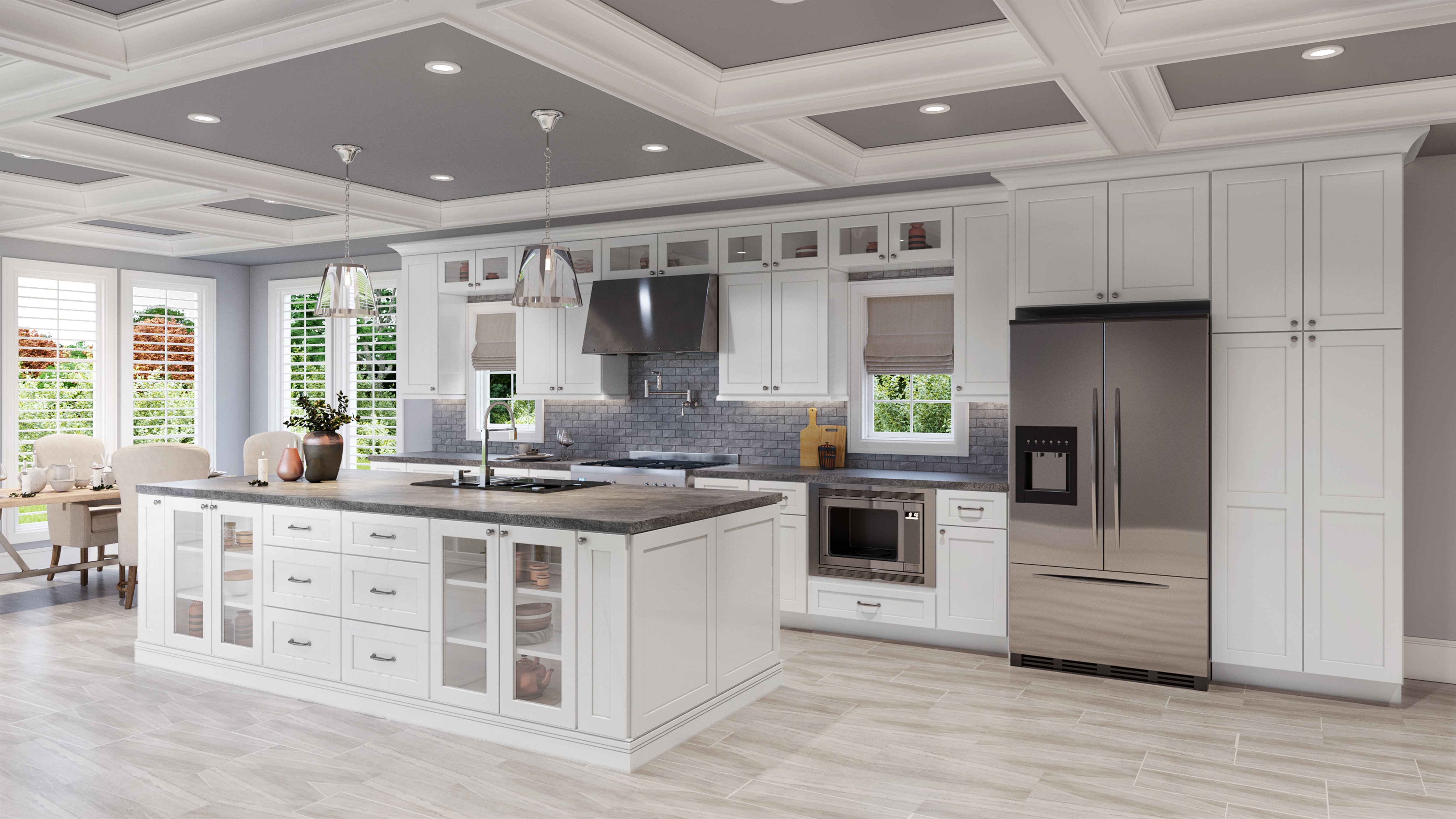


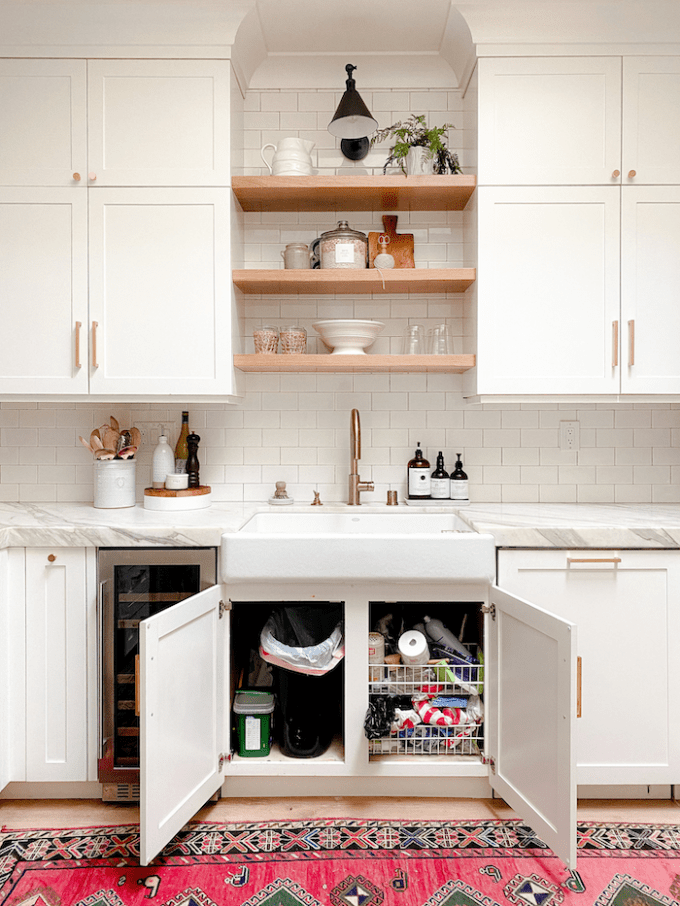






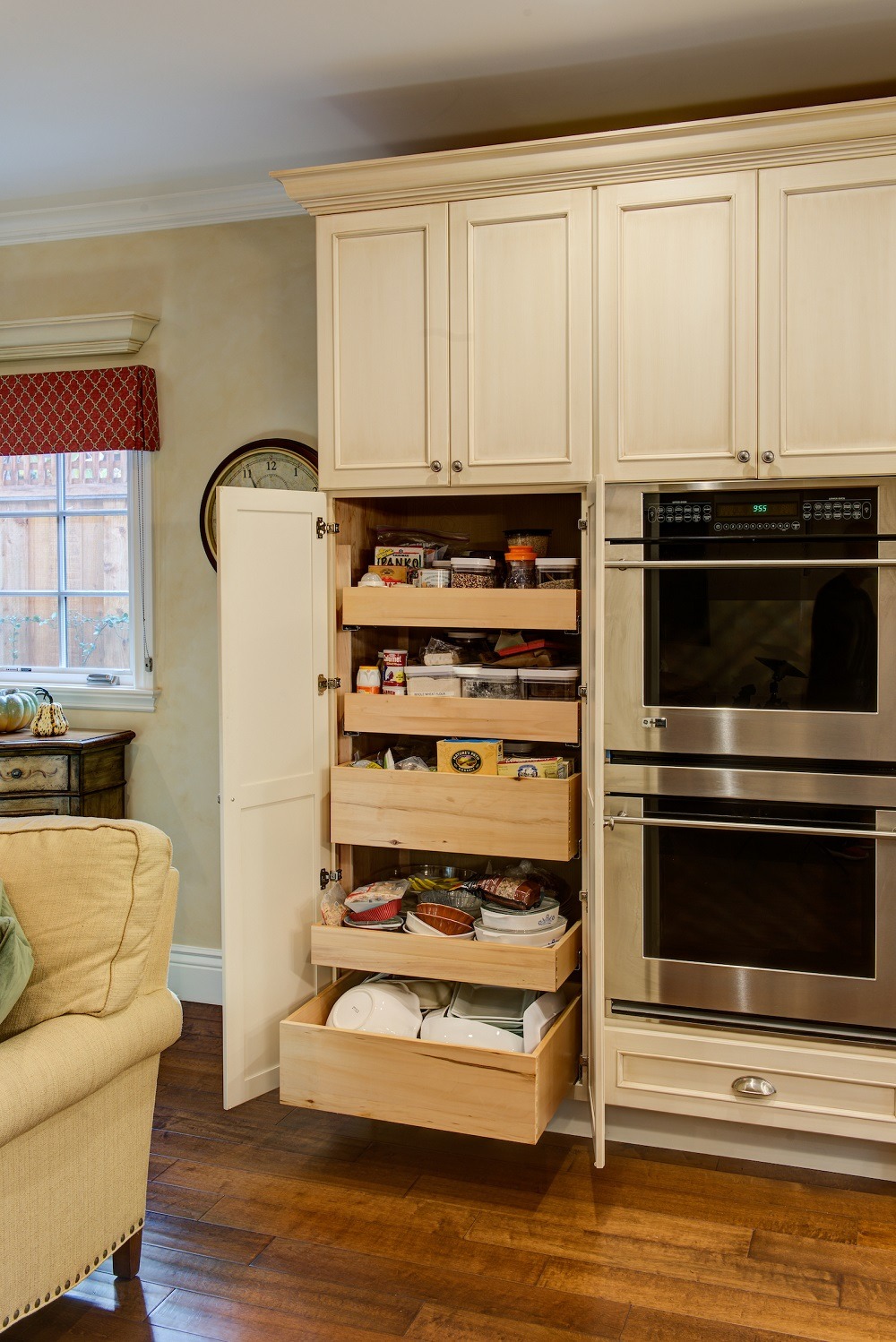
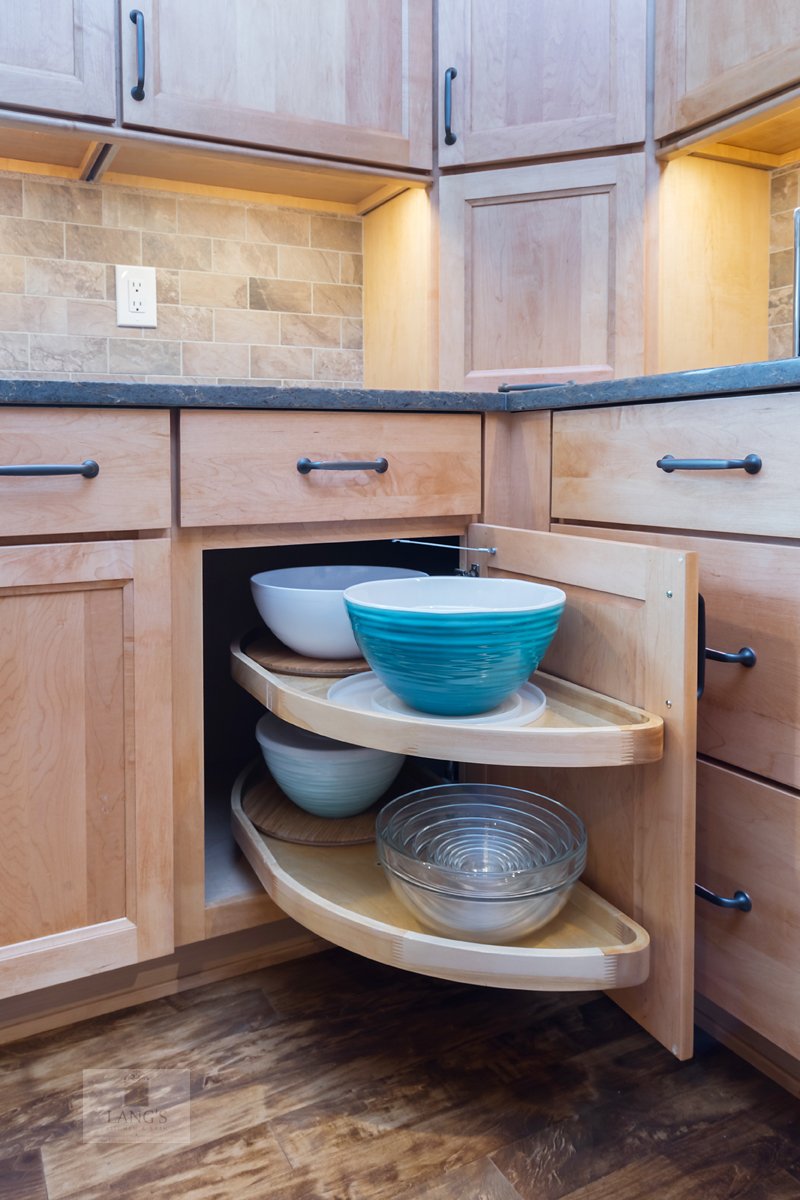





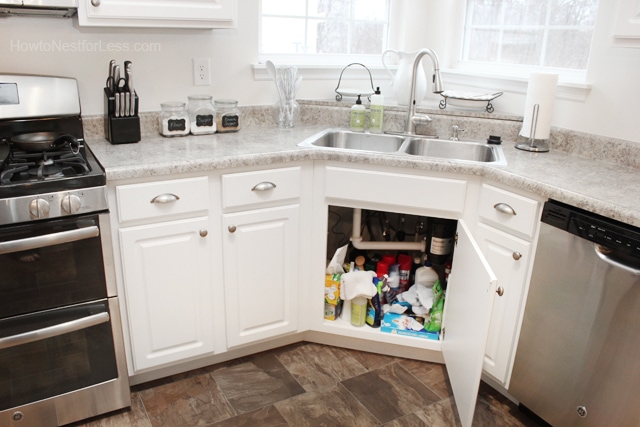
:max_bytes(150000):strip_icc()/CornerKitchenSink-5a79dc0d8e1b6e00373b9cf2.jpg)








